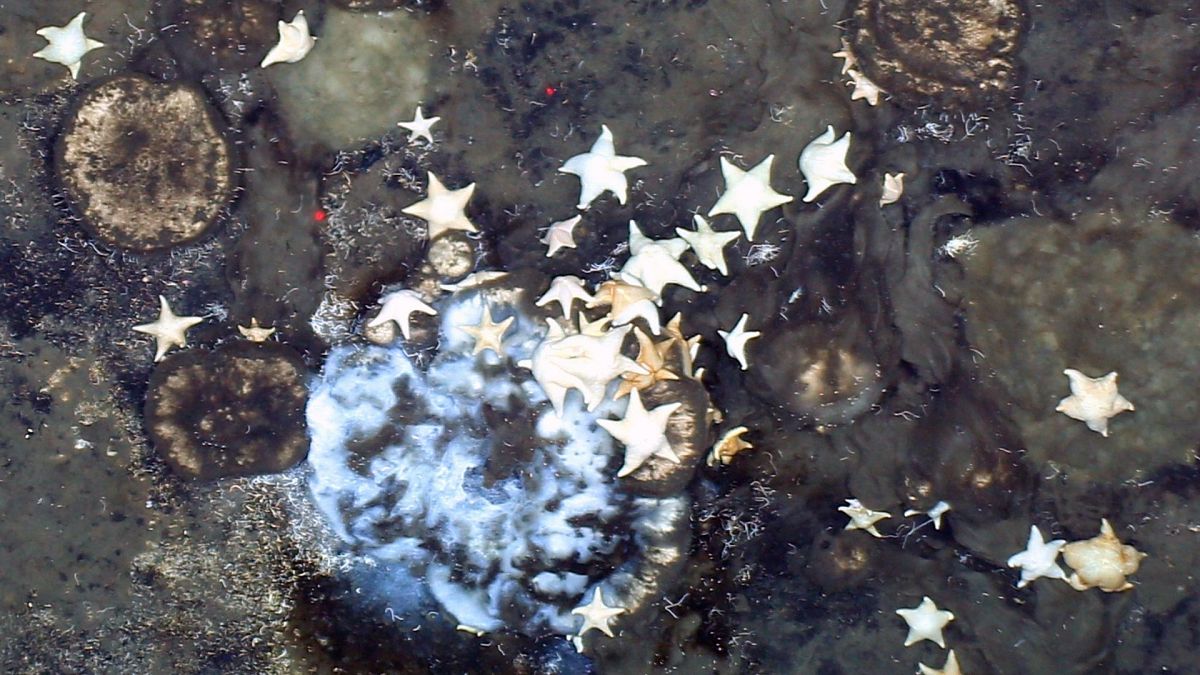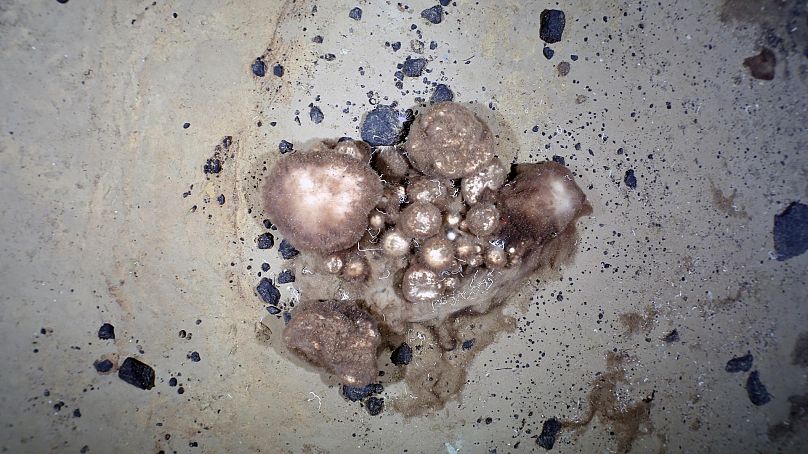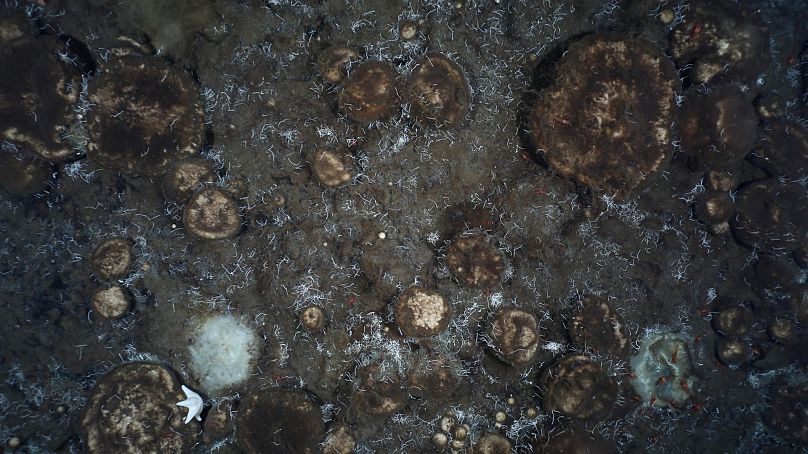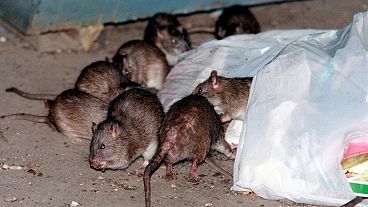These primitive creatures feed on the remains of animals that died thousands of years ago.
Scientists have discovered a surprisingly rich, densely populated ecosystem growing deep in the Arctic Ocean.
Massive “sponge gardens” were found living on the peaks of extinct volcanoes near the North Pole during an expedition on the advanced POLARSTERN research vessel. These primitive creatures are one of the most basic forms of animal life and can be found all over the world, from shallow tropical reefs to the depths of the Arctic Ocean.
Using a camera lowered far below the ice, the team captured images of the sponge gardens. After analysing samples in the lab, they determined that they were an average of 300 years old.
“Thriving on top of extinct volcanic seamounts of the Langseth Ridge we found massive sponge gardens but did not know what they were feeding on,” says Antje Boetius, chief scientist of the expedition.
With very little light penetrating the icy surface, there isn’t much food at these depths. The team suggests that the sea sponges could be feeding on the remains of animals that went extinct thousands of years ago.
“Our analysis revealed that the sponges have microbial symbionts that are able to use old organic matter,” explains Dr Teresa Morganti, a sponge expert from the Max Planck Institute for Marine Microbiology in Bremen.
“This allows them to feed on the remnants of former, now extinct inhabitants of the seamounts, such as the tubes of worms composed of protein and chitin and other trapped detritus.”
The research team say it is the first time evidence has been found of these creatures eating ancient fossil material.
A unique ecosystem threatened by climate change
The underwater mountain range, known as Langseth Ridge, where they were discovered is not far from the North Pole. It sits beneath the surface of a sea that is permanently covered with ice making it difficult to study the organisms that live there.
“This is a unique ecosystem. We have never seen anything like it before in the high Central Arctic,” Boetius explains.
The Arctic is also one of the regions most affected by climate change with sea ice retreating at an alarming rate. The discovery highlights just how much more there is to learn about the deepest parts of our oceans - and what we risk losing to climate change.
“With sea-ice cover rapidly declining and the ocean environment changing, a better knowledge of hotspot ecosystems is essential for protecting and managing the unique diversity of these Arctic seas under pressure,” Boetius says.





